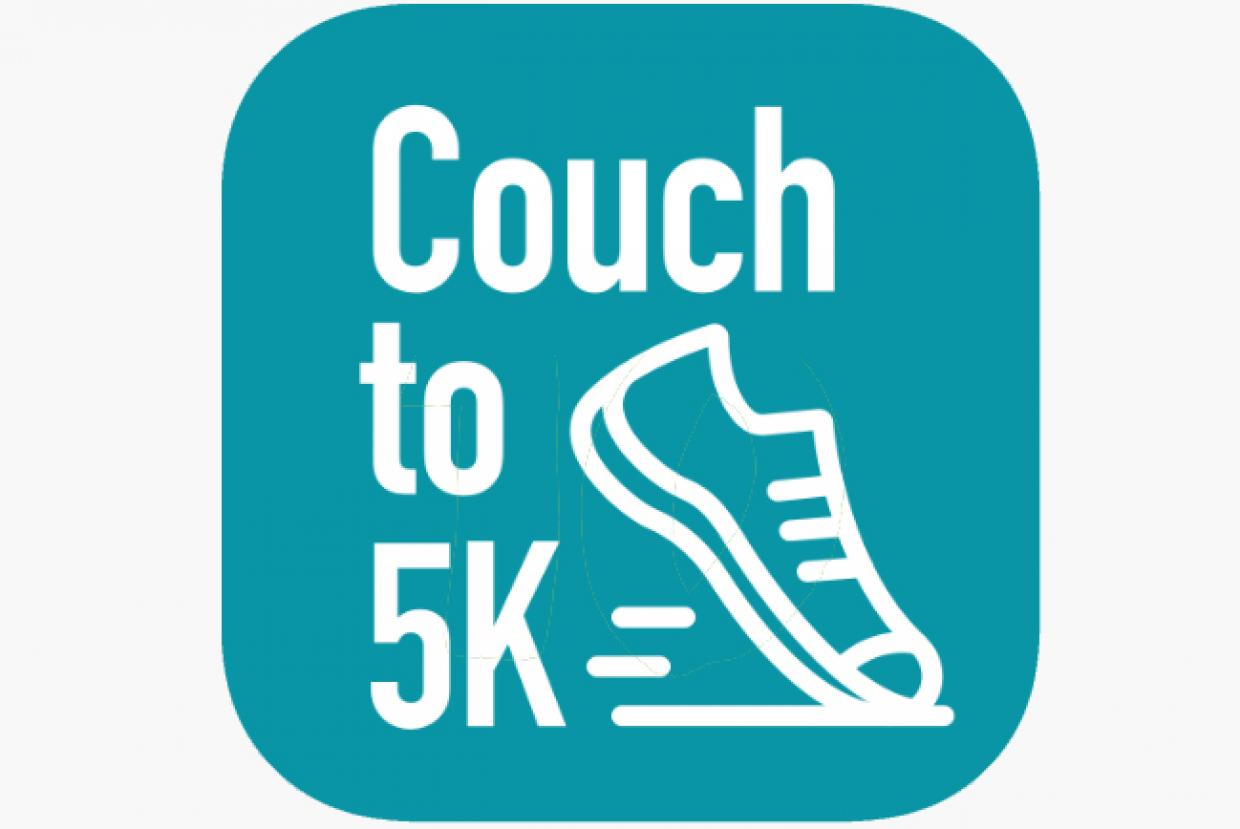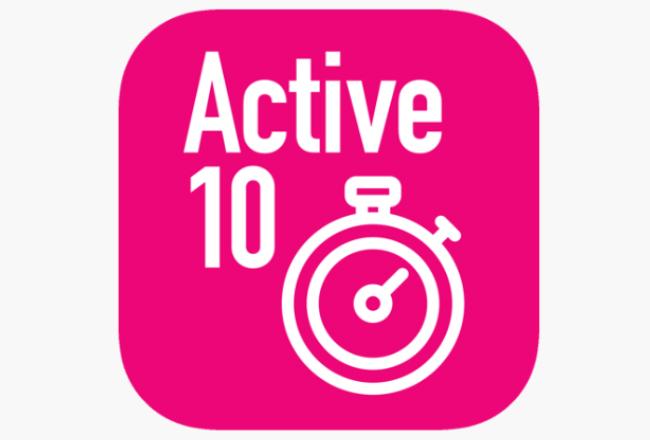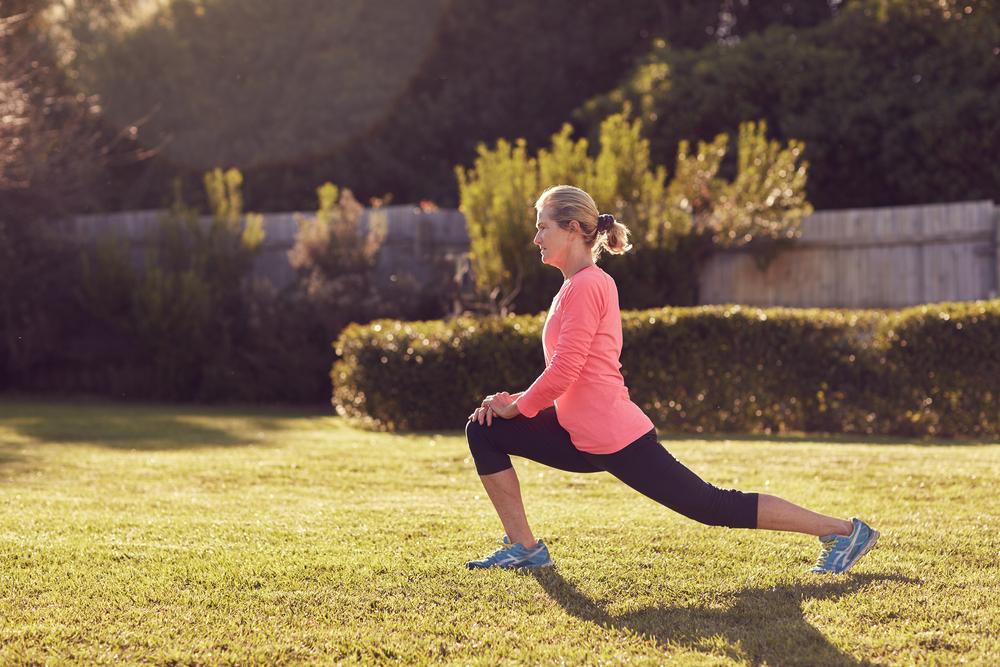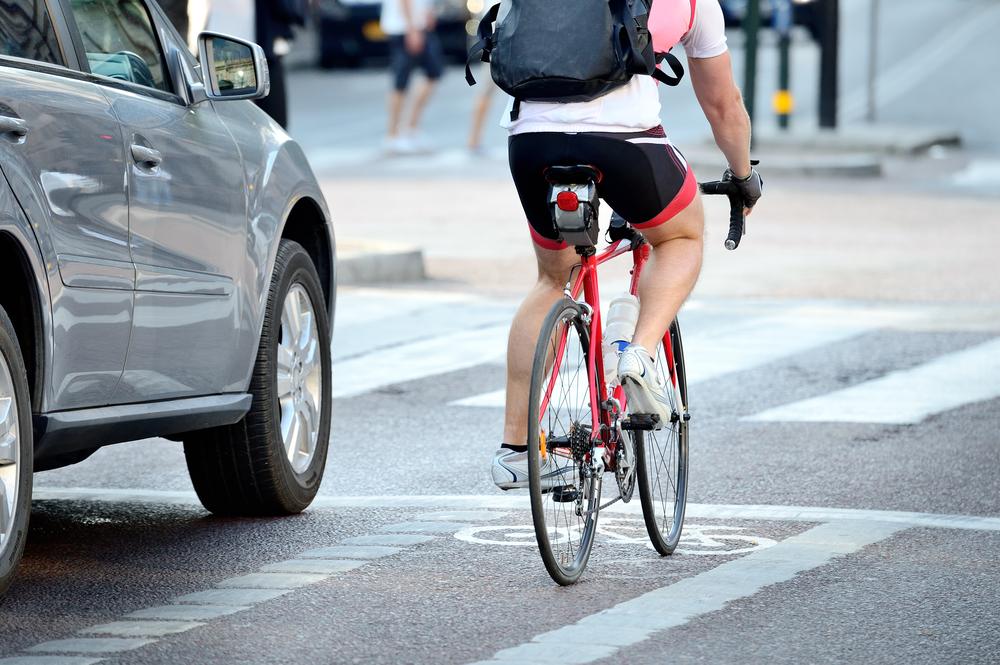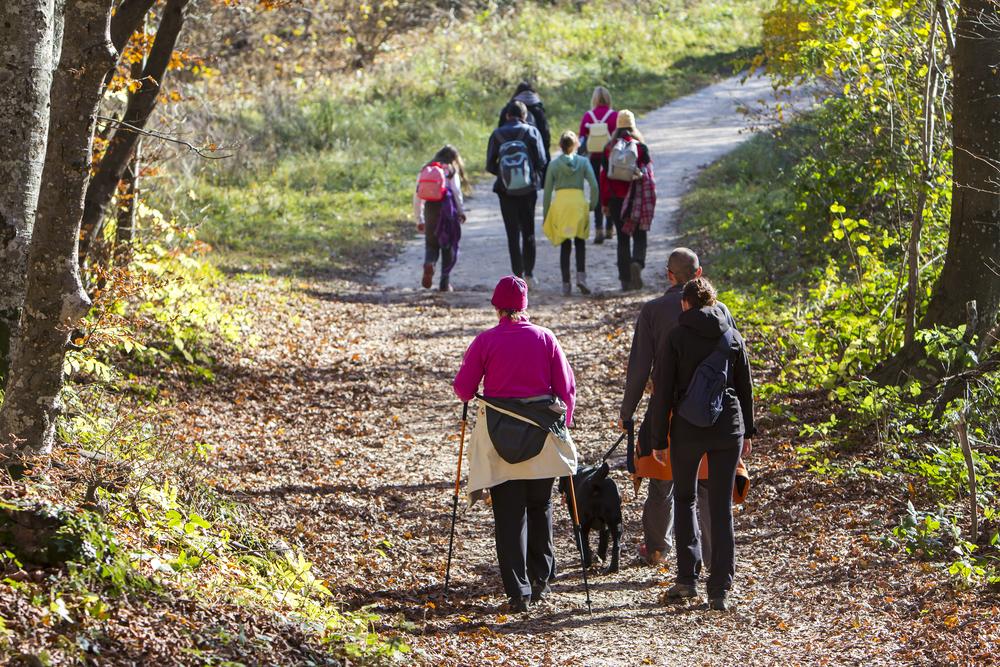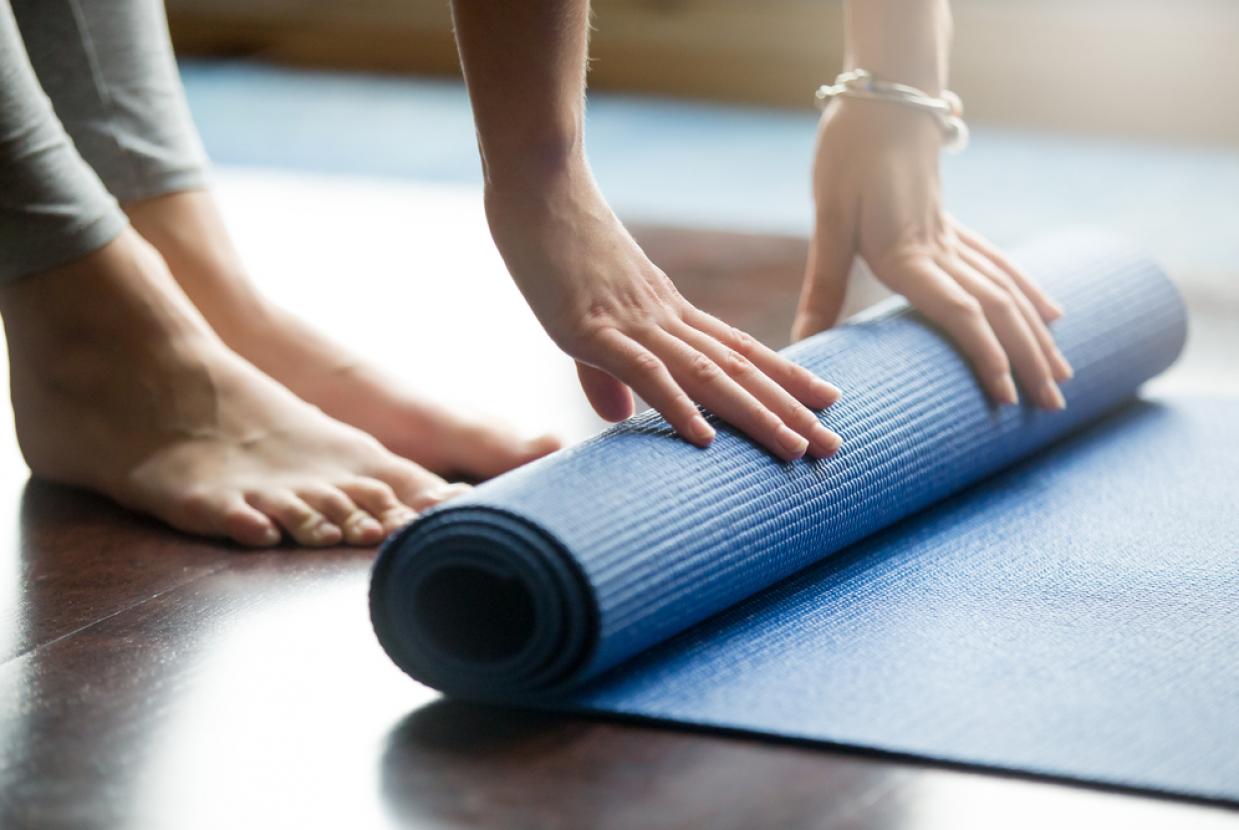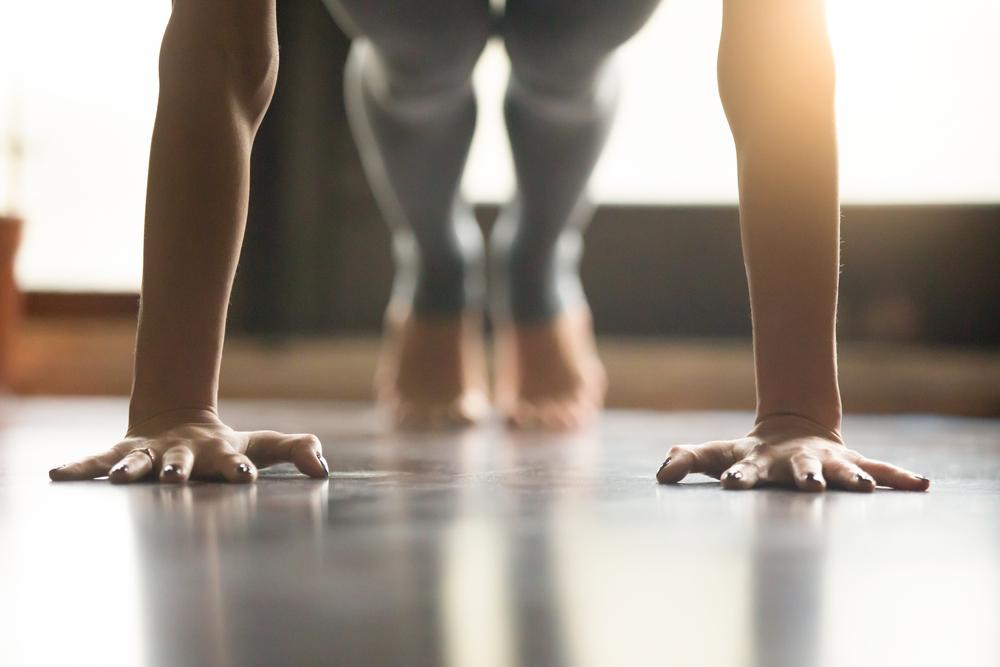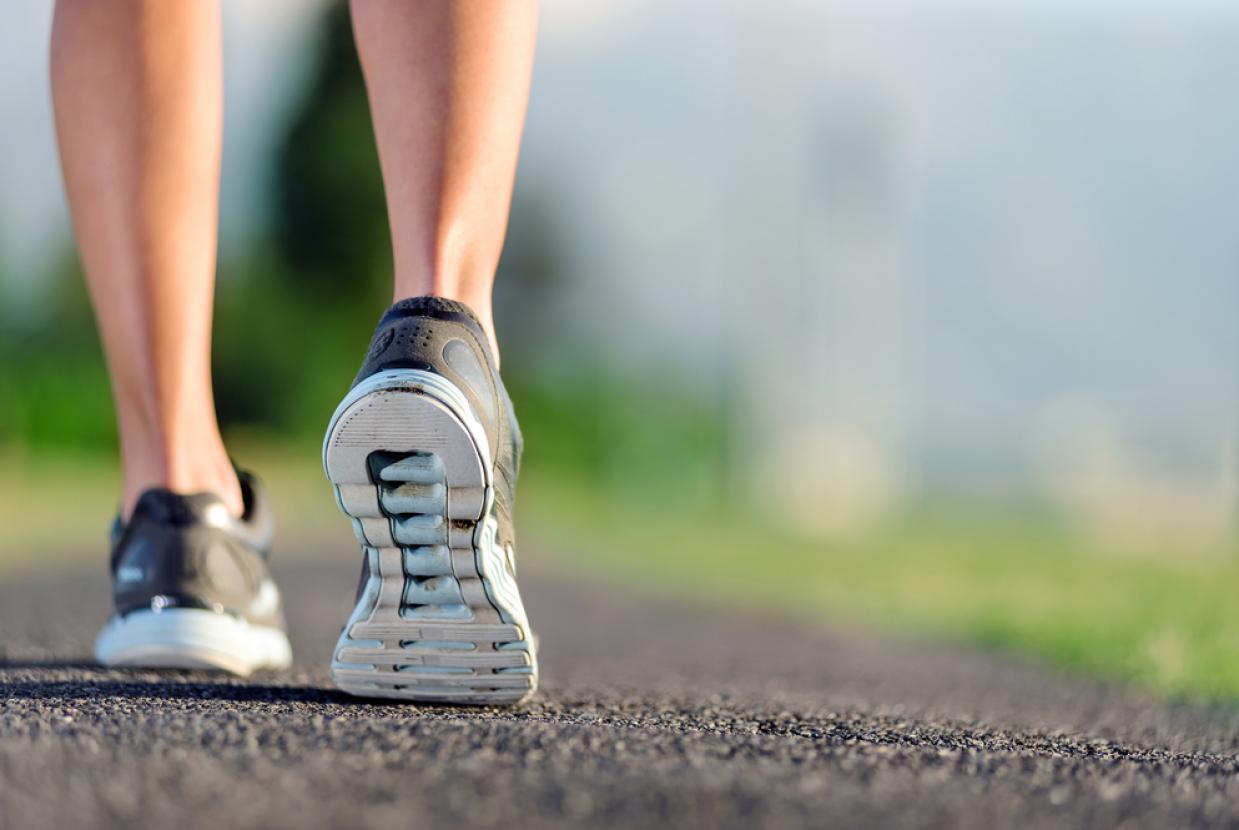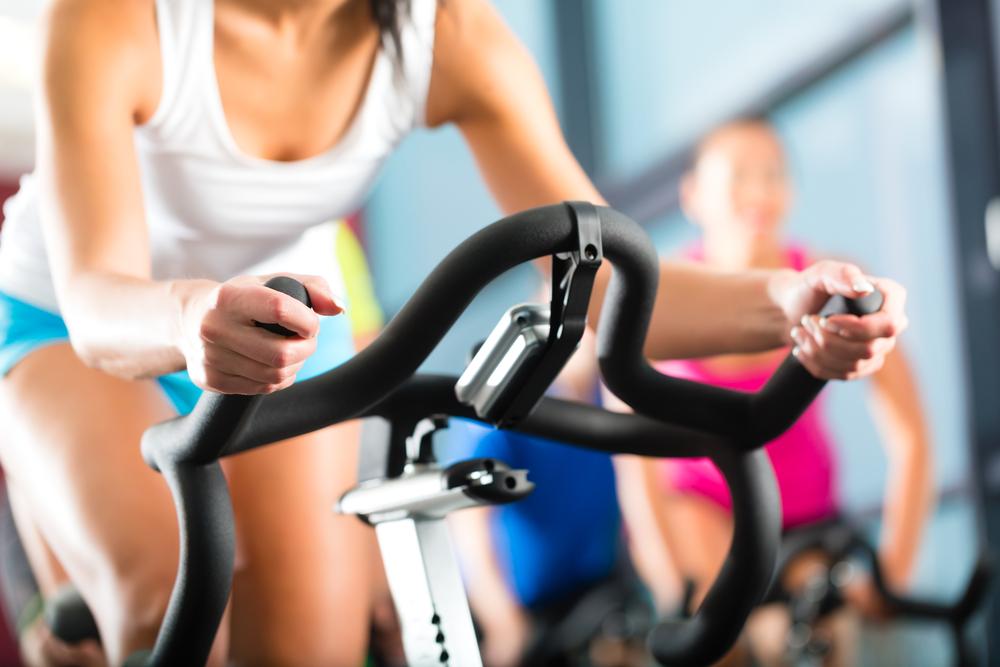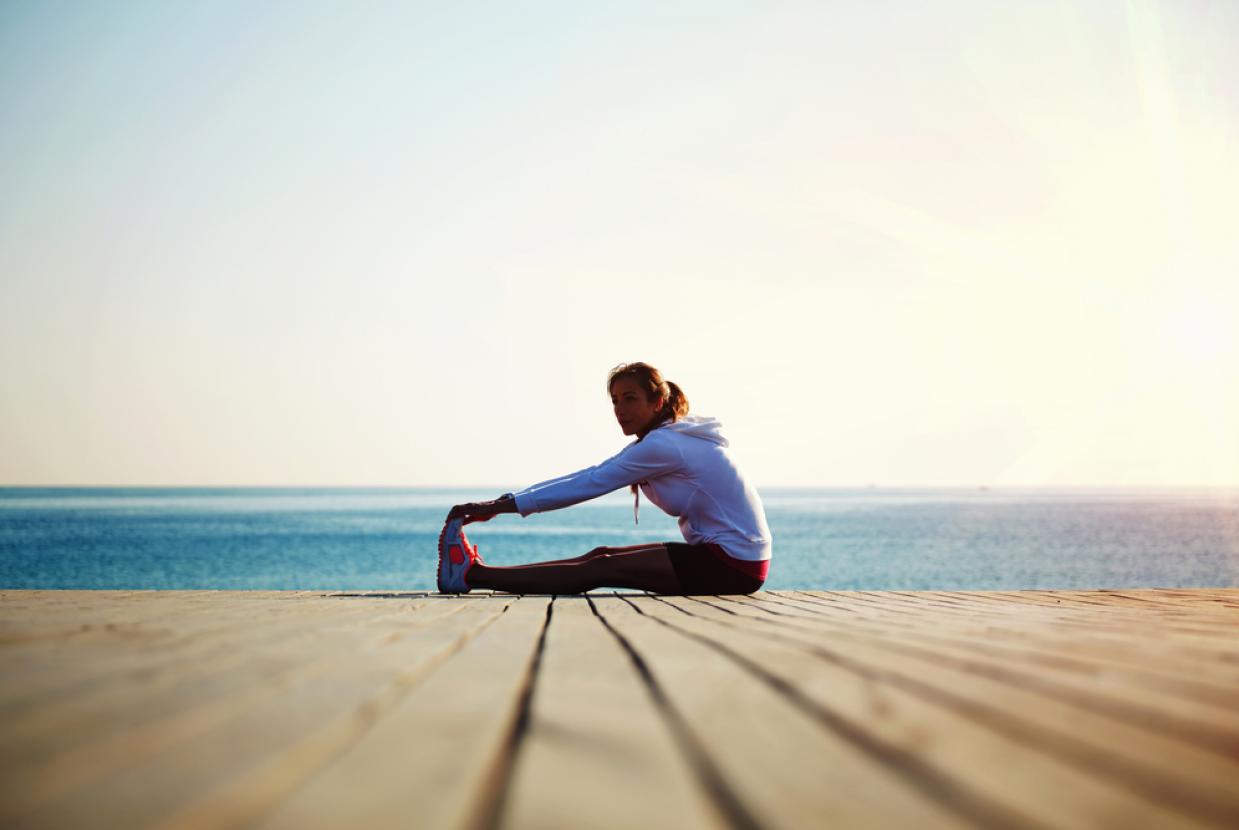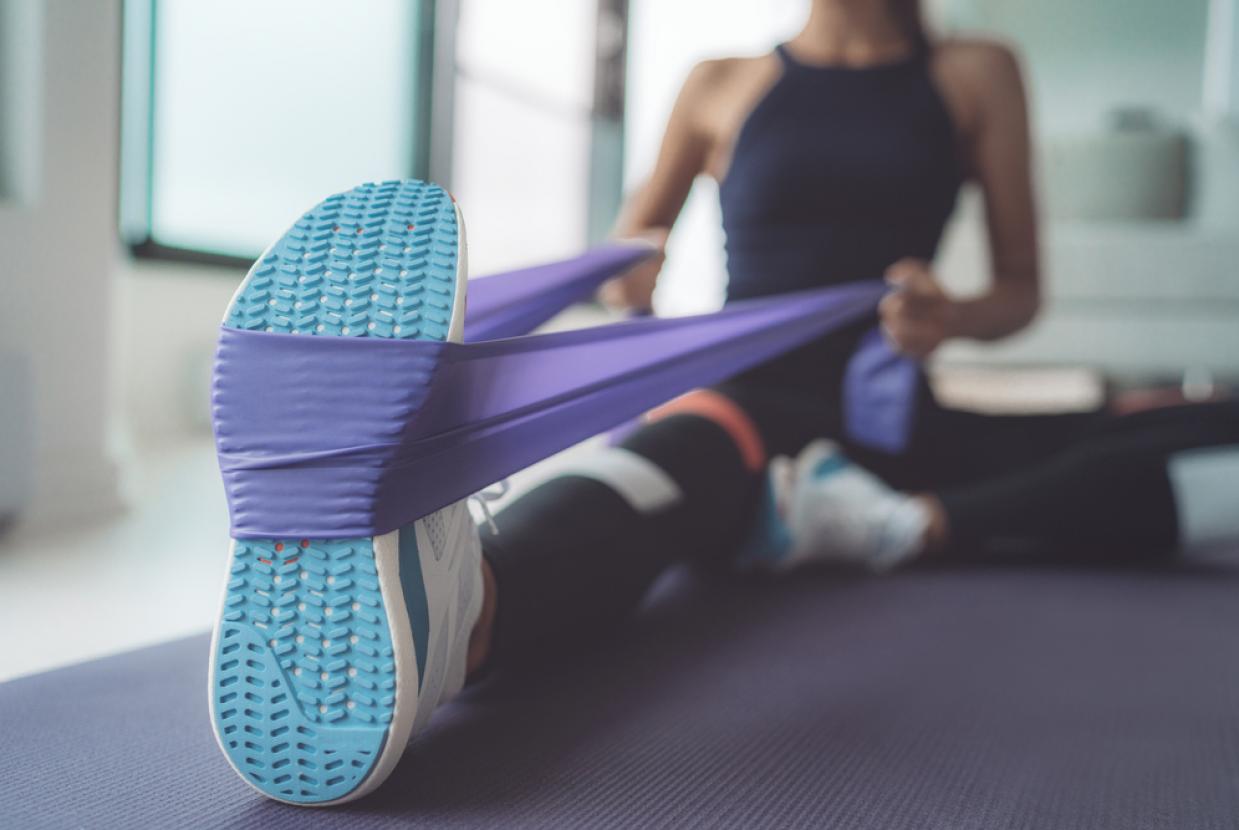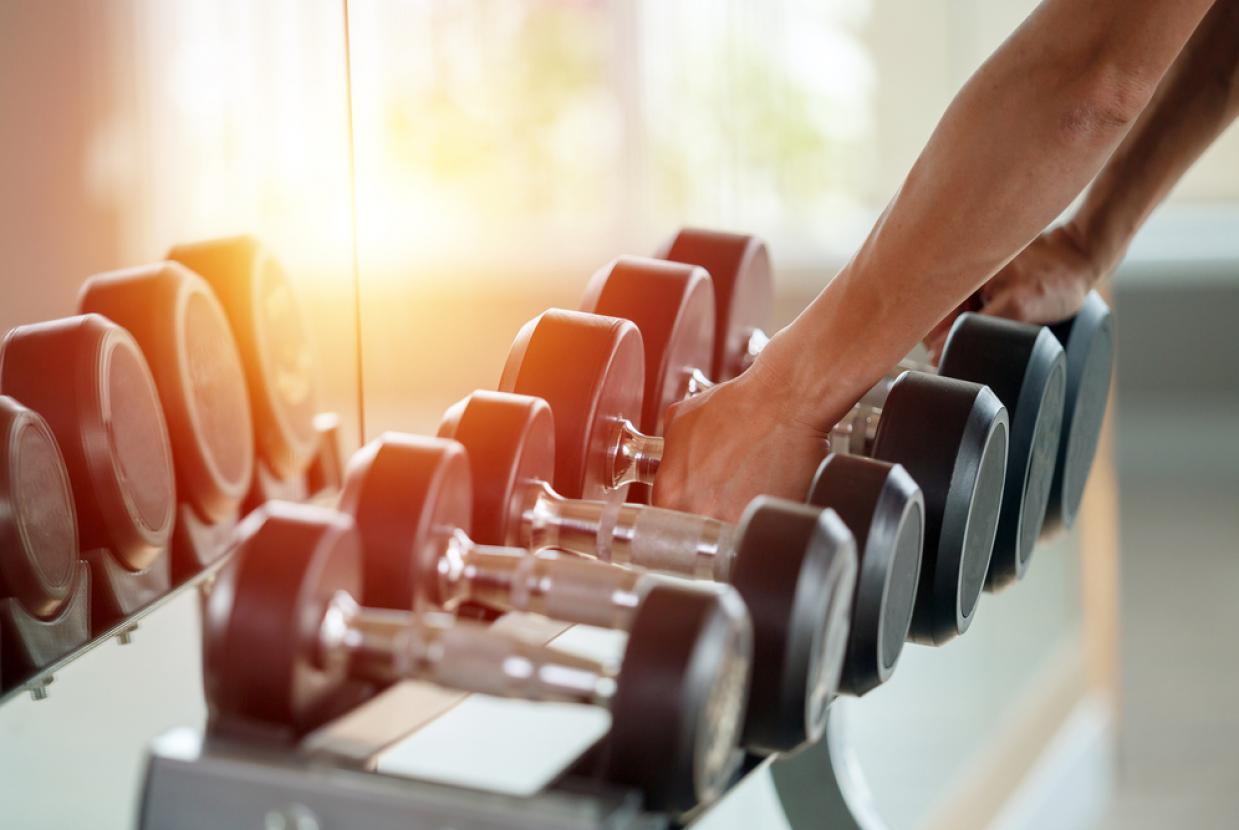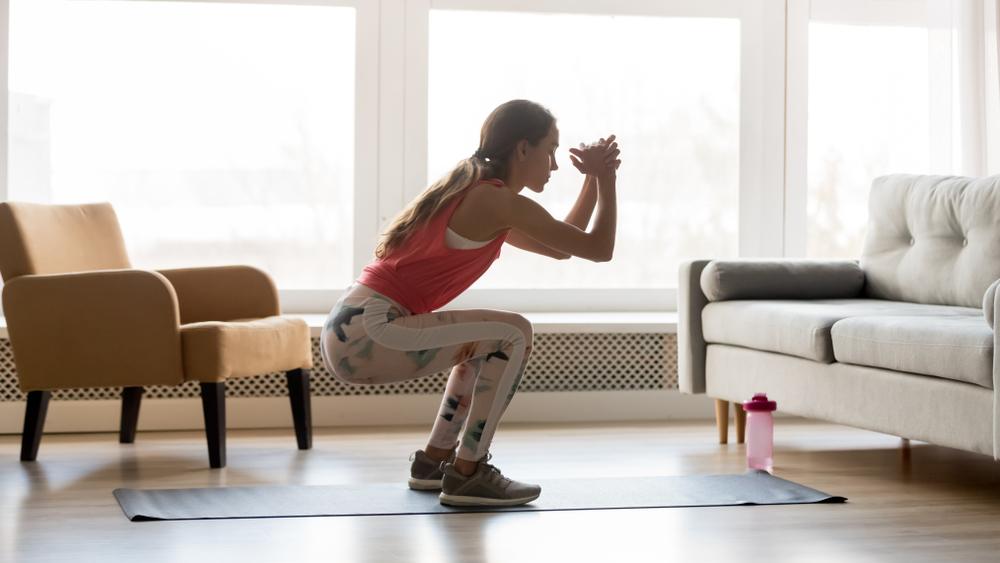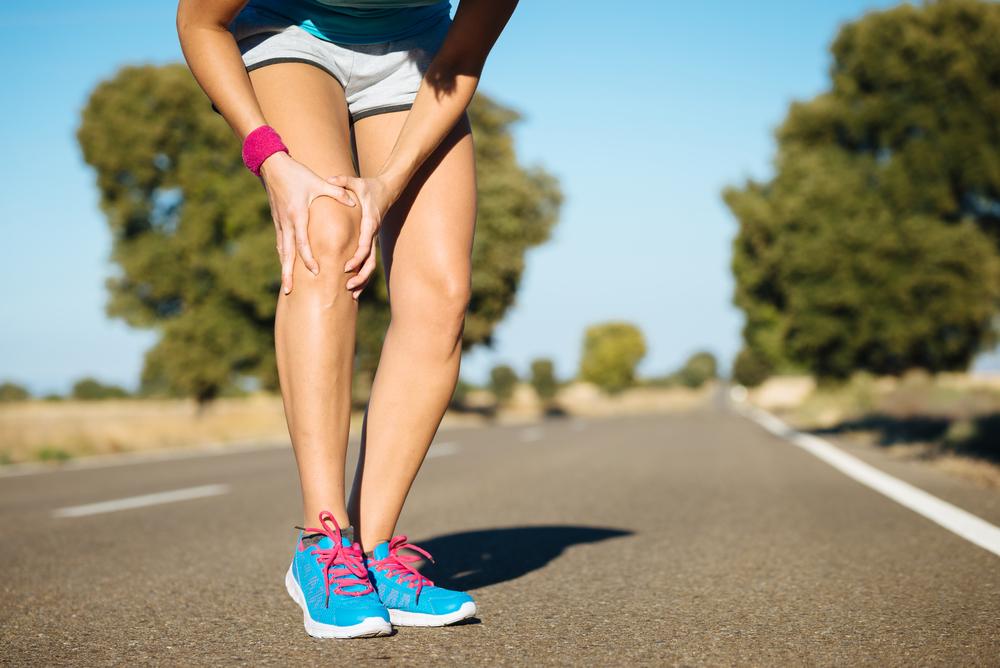Physical Activity Guidelines: Older People
Older adults should do some type of physical activity every day. It can help to improve your health and reduce the risk of heart disease and stroke. Speak to a GP first if you have not exercised for some time, or if you have medical conditions or concerns. Make sure your activity and its intensity are appropriate for your fitness. Adults aged 65 and over should:
- aim to be physically active every day, even if it's just light activity
- do activities that improve strength, balance and flexibility on at least 2 days a week
- do at least 150 minutes of moderate intensity activity a week or 75 minutes of vigorous intensity activity if you are already active, or a combination of both
- reduce time spent sitting or lying down and break up long periods of not moving with some activity
If you've fallen or are worried about falling, doing exercises to improve your strength, balance and flexibility will help make you stronger and feel more confident on your feet.
What counts as light activity?
Light activity is moving rather than sitting or lying down. Examples of light activity include:
- getting up to make a cup of tea
- moving around your home
- walking at a slow pace
- cleaning and dusting
- vacuuming
- making the bed
- standing up
What counts as moderate intensity activity?
Moderate intensity activity will raise your heart rate, and make you breathe faster and feel warmer. One way to tell if you're working at a moderate intensity level is if you can still talk, but not sing. Examples of moderate intensity activities include:
- walking for health
- water aerobics
- riding a bike
- dance for fitness
- doubles tennis
- pushing a lawn mower
- hiking
What counts as vigorous intensity activity?
Vigorous intensity activity makes you breathe hard and fast. If you're working at this level, you will not be able to say more than a few words without pausing for breath.
In general, 75 minutes of vigorous intensity activity can give similar health benefits to 150 minutes of moderate intensity activity. Most moderate intensity activities can become vigorous if you increase your effort. Examples of vigorous activities include:
- running
- aerobics
- swimming
- riding a bike fast or on hills
- singles tennis
- football
- hiking uphill
- dance for fitness
- martial arts
What activities strengthen muscles?
To get health benefits from strength exercises, you should do them to the point where you need a short rest before repeating the activity. There are many ways you can strengthen your muscles, whether you're at home or in a gym. Examples of muscle-strengthening activities include:
- carrying heavy shopping bags
- yoga
- pilates
- tai chi
- lifting weights
- working with resistance bands
- doing exercises that use your own body weight, such as push-ups and sit-ups
- heavy gardening, such as digging and shovelling
Try exercise routines, including:
- strength and flexibility exercises
- sitting exercises
- strength exercises
- flexibility exercises
- balance exercises
You can do activities that strengthen your muscles on the same or different days as your aerobic activity – whatever's best for you. Muscle-strengthening exercises are not always an aerobic activity, so you'll need to do them in addition to your 150 minutes of aerobic activity.








